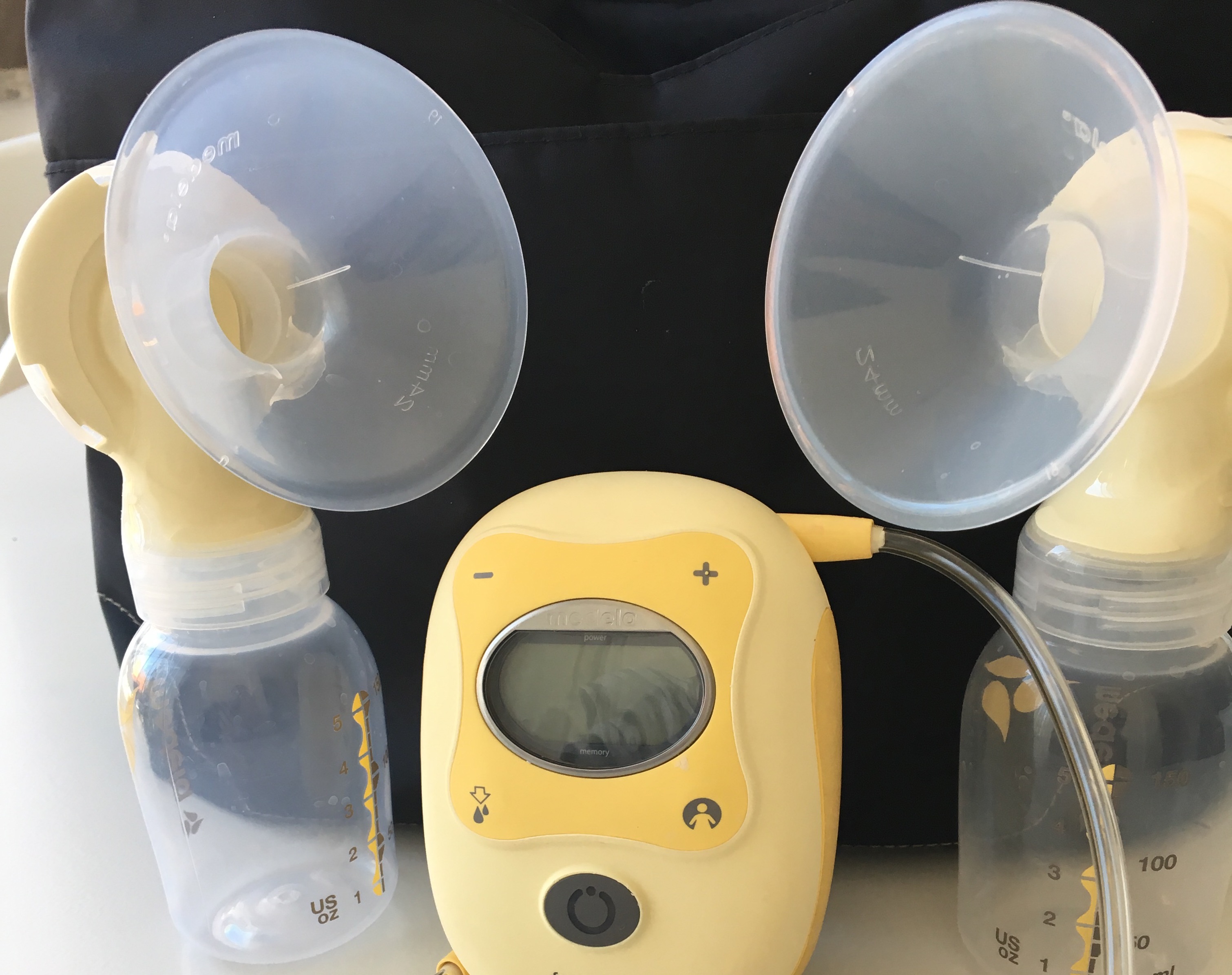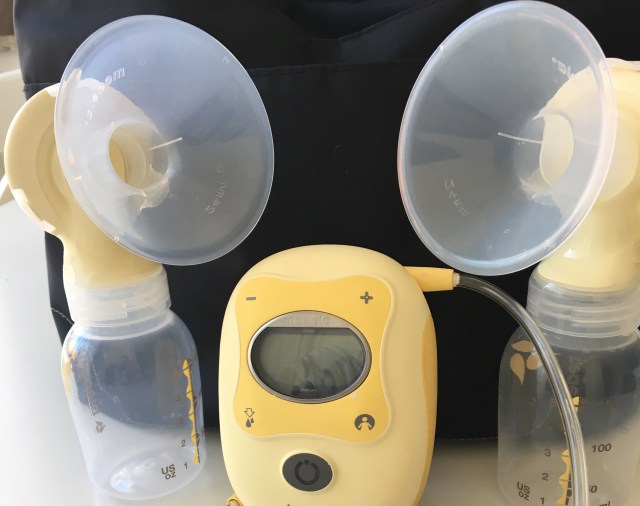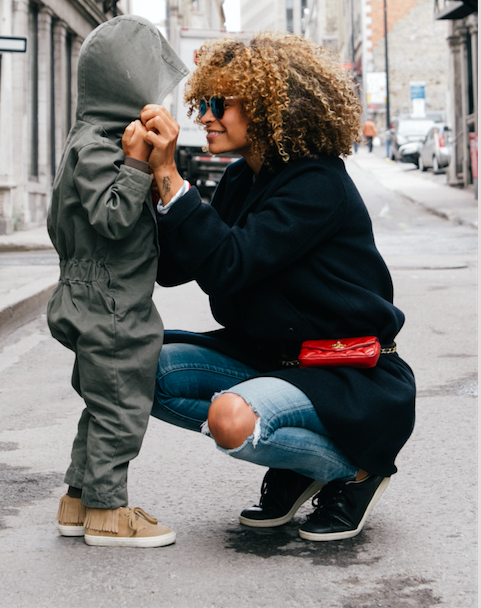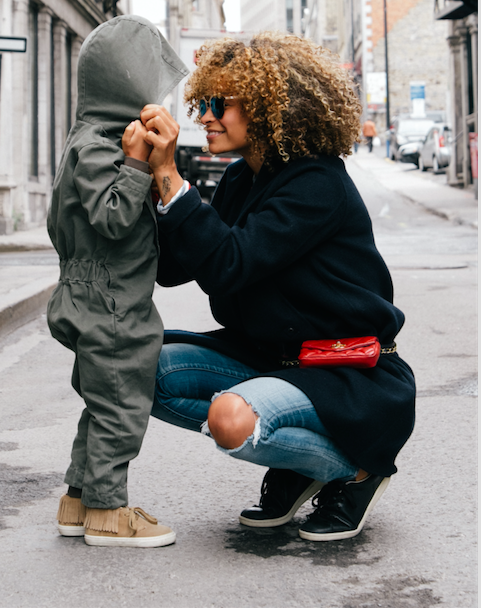
I’m planning your retirement party next week, even though you’ve mostly just been a pain in the butt for that last year. You regularly made me late to meetings or required me to duck out early. You interrupted my work flow at your convenience, and you made me stress out like crazy if I didn’t get to you on time. Thanks to you, I ate lunch at my desk almost every day because you took up what little free time I had. You are loud and annoying, and frankly, you’re a little embarrassing.
You gross some people out. You require so much attention, and in some cases, that time and effort provides so little return. Sometimes you make me feel like you’re just extra baggage to carry around. So many people questioned why I associated with you for so long, knowing how much I disliked you. Some people thought I shouldn’t have formed a relationship with you at all in the first place. Most people are shocked that despite our rocky relationship three years ago, I still opted to work with you again this last year.
I can’t tell you how many times I wanted to give up on you. There were so many moments I felt that putting effort into our relationship just wasn’t worth the mental and emotional costs. Often, I even worried that associating with you was affecting my career growth. But I guess when I think about it, you’ve done some good, too. Despite the tax on me mentally, there’s no arguing that you’ve helped me lose some weight.
You’ve saved me thousands of dollars, too. You’ve also shown me that I have grit and commitment like I never thought possible. It’s almost hard to believe you’re retiring. I’m fairly confident that after your retirement, I will never see you again. I can’t really say I’ll miss you, but I can say thank you. Thank you for nourishing my babies even when I was working 40, 50, or even 60 hours a week.
Thank you for showing my family that my stubbornness could be put to good use. Thank you for being the reliable, rhythmic workhorse that allowed me to breastfeed as a full-time professional. So here’s to you, breast pump! Cheers to your retirement. I can say with certainty that I will absolutely have a drink (or three) in your honor!
















